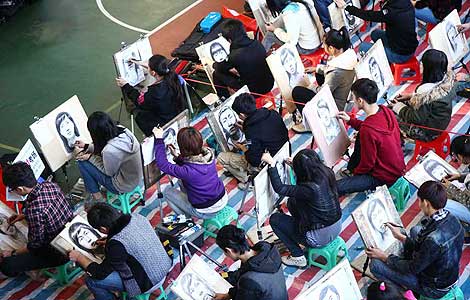Chinese dam business in South America on the rise
Updated: 2014-01-20 05:37
By CHRIS DAVIS in New York (China Daily Latin America)
|
||||||||
Latin America, with its vast array of powerful and beautiful rivers, may be a relatively recent new frontier for Chinese dam builders, but they are coming on strong now, not only providing hydroelectric power and water for irrigation, but also expanding China's geopolitical clout.
International Rivers, a US-based watchdog that monitors dam building worldwide, said that Chinese dam builders have 22 hydropower projects in total in Latin America, with three completed, seven under construction and 12 in the proposal stage.
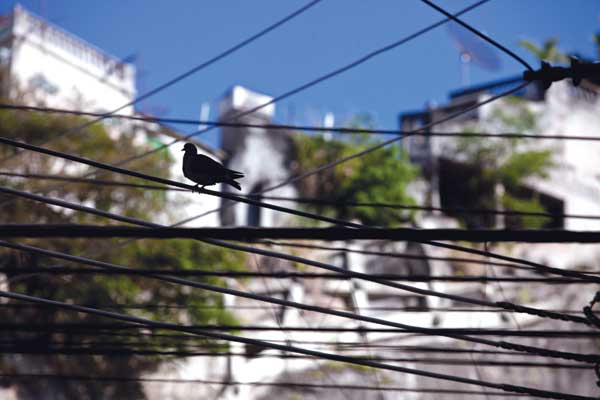 |
|
Many new power plants will go into operation in Brazil in five years, including a 700-megawatt hydropower project in the Amazon. Dado Galdieri / Bloomberg |
All of the projects, except for two of the completed ones in Belize — one on the Chalillo River completed in 2005 and funded by the Canadian International Development Agency and the Vaca Hydroelectric Project completed in 2010 — started after 2010, and really gained momentum after 2011.
Both were built by Sinohydro. The third completed dam, on the Mazar Dudas River in Ecuador, was built by the China National Equipment Corp and funded by the China Development Bank.
"It's fair to say that Chinese dam-building companies are targeting the Latin American market," said International River's China program director Grace Mang.
Sinohydro has dams under construction in Costa Rica — the 50 Megawatt Chucas Hydroelectric Project, scheduled for completion in 2013, and in Ecuador with the Coca Codo Sinclair, a 1,500 MW $1.7 billion project bankrolled by China Exim Bank and scheduled for completion in 2015.
Sinohydro also has two controversial projects in Honduras, one near completion — the 55-meter-high 105 MW dam on the Patuca, which IR says is likely to have impact on the Rio Platano World Heritage site, a threatened tropical rainforest biosphere that has already been put on UNESCO's endangered list because of illegal logging, poaching and general lawlessness from the presence of heavy illegal drug trafficking.
IR warns that Sinohydro's other project in Honduras — the 22 MW Aqua Zarca which started construction in 2013 — could displace communities and reduce access to their water and territory.
Chinese dam builders have two other projects under construction in Ecuador, one by China International Water and Electric Corporation and another by Hydro China, totaling 361 MW and combined price tag of $480 million.
Patricia Adams, executive director of Probe International, a Canadian NGO, told the South China Morning Post that China was expanding its dam-building into Latin America partly for geopolitical reasons.
IR's Peter Bosshard agreed. "There is often a bit of geopolitics involved in these projects," he told China Daily. "Obviously, Brazil has a very active dam-building industry as well and is kind of the regional powerhouse. But there are governments that are trying to become a bit more independent from Brazilian influence, so that is where China plays a more active role in Ecuador."
Of the 12 proposed dam projects under discussion, there is one each in Costa Rica, Guyana, Peru and Argentina, two in Honduras, and six in Ecuador, for upwards of $4.5 billion worth of investment.
Bossard explained that around 2003, dam-builders from China, Brazil, India and Thailand, were appearing on the global market and they weren't initially necessarily concerned with following international environmental and humanitarian standards. They had the view that it was up to the host government to set the standards they wanted to apply in their projects.
It was the beginning of a new trend where these new dam builders over the past 10 years who have pretty much taken over the global market. "Nowadays Chinese companies and financiers are the most important actors in the global hydro-power business," he said.
To pursue its mission, IR had to reinvent the way they worked. "We couldn't just go to Chinese actors and tell them what they should or should not be doing," Bosshard said. "But we felt there was a lot of international experience to offer them, a lot of mistakes to avoid, a lot of positive approaches to learn from. So we started to translate a lot of case studies into Chinese."
They visited China frequently, met with the management of China Import-Export Bank, which is the biggest financier, and with SinoHydro, the biggest State-owned hydro-power enterprise. They explained to them why environmental sustainability was the shared responsibility of all involved and it couldn't just be left to the host governments, which were often very short term, if they wanted investors and partners in these countries for the long term.

 Winter cultural festival opens in Xinjiang
Winter cultural festival opens in Xinjiang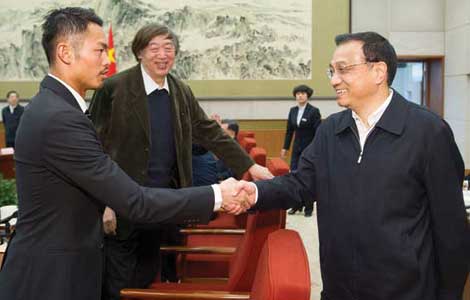
 Premier vows to help startups
Premier vows to help startups
 Air travel to Taiwan continues to take off
Air travel to Taiwan continues to take off
 Panda cub in Washington makes her public debut
Panda cub in Washington makes her public debut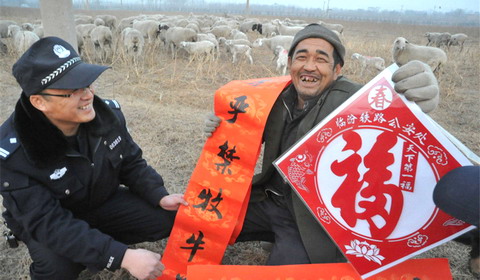
 Spring Festival preparations across China
Spring Festival preparations across China
 Obama bans spying on leaders of US allies
Obama bans spying on leaders of US allies
 Bunnies on parade to celebrate 60 yrs of Playboy
Bunnies on parade to celebrate 60 yrs of Playboy
 Chipmunk fit to burst as it stuffs peanuts into mouth
Chipmunk fit to burst as it stuffs peanuts into mouth
Most Viewed
Editor's Picks

|

|

|
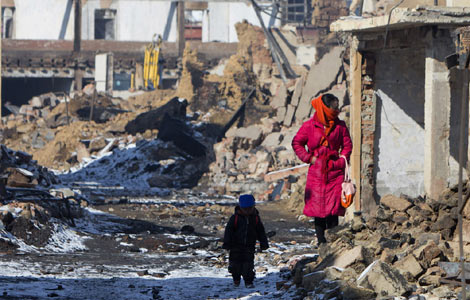
|
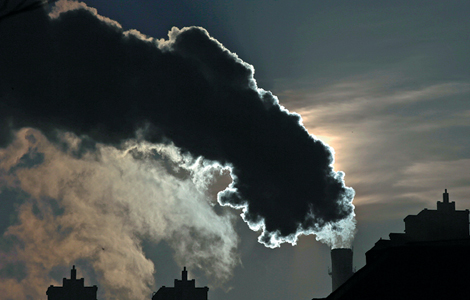
|

|
Today's Top News
Dropping 'no-war' pledge a part of Abe's strategy
Gang busted for illegal gender selection testing
China software to rival Android, iOS
White House fine-tunes Asia pivot to 'quench fire'
Xi writes to Chinese in German
Premier vows to help startups
Will China dominate the world?
Students tested on China knowledge
US Weekly

|

|


